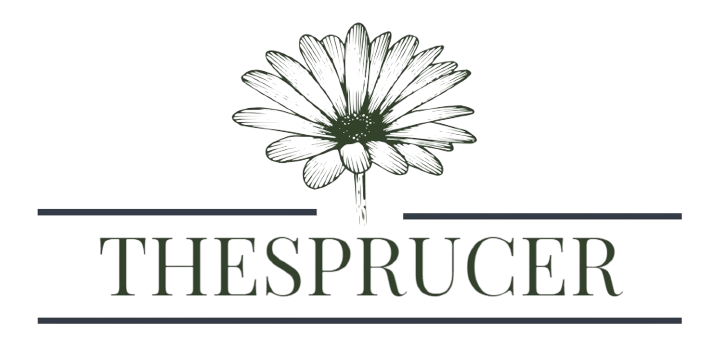In the pursuit of optimal skin and hair health, rethinking traditional post-shower routines can lead to significant improvements. One transformative approach involves forgoing the conventional towel-drying method in favor of techniques that enhance moisture retention and product efficacy.
Embracing Damp Skin for Enhanced Moisturization
Applying moisturizers to damp skin is a practice endorsed by dermatologists for its superior hydration benefits. When the skin retains moisture from a recent shower, it becomes more receptive to hydrating agents. Applying lotions or creams during this window helps seal in water, resulting in a plumper and more radiant complexion. This method counteracts transepidermal water loss, where water evaporates from the skin into the air, leading to dryness and the formation of fine lines.
The Superiority of Body Oils on Wet Skin
Integrating body oils into your post-shower regimen can further enhance skin softness and suppleness. Natural oils such as coconut, jojoba, almond, and rosehip are particularly effective when applied to wet skin. They create a barrier that locks in moisture, preventing dehydration and promoting a healthy skin barrier. This technique, favored by beauty enthusiasts and celebrities alike, offers a quick and efficient solution for maintaining hydrated skin, especially during colder months when dryness is prevalent.

Post-Shave Care: Oils for Soothing and Prevention
After shaving, the skin often becomes sensitive and prone to irritation. Applying body oil to damp skin post-shave can soothe and nourish the area, reducing redness and discomfort. Oils like coconut or almond are gentle options that provide essential fatty acids and vitamins, promoting skin repair and preventing ingrown hairs. For those with sensitive skin, opting for fragrance-free oils minimizes the risk of irritation.
Optimizing Hair Care: Moisturizing Damp Tresses
Just as damp skin absorbs moisturizers more effectively, damp hair is more receptive to conditioning treatments. Applying hair oils or leave-in conditioners to wet hair can enhance absorption, leading to improved hydration and manageability. For individuals with coarse or dry hair, lightweight oils such as argan or jojoba can be applied to the ends to impart shine and reduce frizz without weighing the hair down. Those who prefer non-oil options might consider leave-in conditioners formulated to maintain moisture balance and protect against environmental stressors.
Best Practices for Air-Drying Hair
Air-drying hair can minimize heat damage and maintain hair health when done correctly. After washing, gently remove excess water using a microfiber towel or a soft cotton T-shirt to reduce frizz and breakage. Apply suitable leave-in products based on your hair type—curl creams for curly hair, light detanglers for straight hair, or nourishing treatments for damaged strands. Allow the hair to dry naturally without excessive touching to prevent frizz, and consider using finishing products like shine or texture sprays once dry to enhance the overall look.

Conclusion
Reevaluating post-shower routines by minimizing towel use and leveraging the benefits of damp skin and hair can lead to noticeable improvements in hydration and overall health. By adopting these practices, individuals can enhance the effectiveness of their skincare and haircare products, resulting in softer skin and more manageable hair. Embracing these techniques not only optimizes product performance but also contributes to a more sustainable and gentle approach to personal care.

